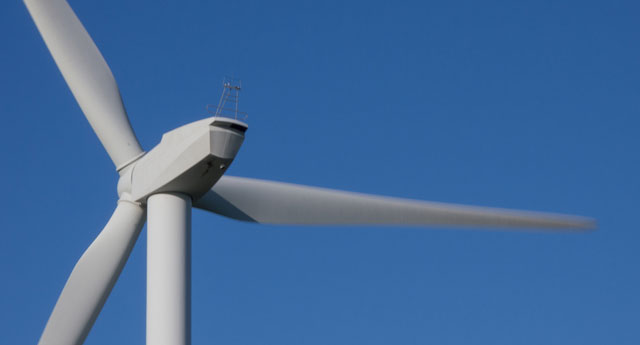
The precarious state of Eskom’s finances threatens to hinder the growth of the renewable energy sector in South Africa, just when it is needed most, Steve Sawyer, secretary general of the Global Wind Energy Council (GWEC) said at the opening of the Windaba in Cape Town on Wednesday.
At the same time, low oil and coal prices send the wrong kind of signal to consumers, although it does not threaten the renewable energy sector directly, he said.
The most recent prices for wind power are 40% cheaper than for new-build coal, Sawyer told delegates via a live video link. In his view, South Africa has a huge potential for wind energy, but delays in terms of finance and grid connections are the current stumbling blocks.
“Delays in bid rounds as well as delays in finance and grid connection are matters of policy. Until these are addressed there will be substantial issues in terms of investment in South Africa’s wind energy sector,” he cautioned.
“At the same time, there is interest in South Africa’s wind energy sector and it would take a lot to scare investors off.”
He has seen a lot of change since the South African government’s accelerated renewable energy independent power producer procurement programme was announced last year.
“This has stimulated investment and created a thriving market for wind power. Renewables are finally emerging as the only practical and cost-effective means to address the emerging climate crisis. It is a good time to be in the business,” said Sawyer.
According to Heather Sonn, chair of the South African Wind Energy Association, South Africa has not yet reached “the promised land” as far as its wind energy sector is concerned. At the same time, the severe electricity shortages experienced over the past 12 months have increasingly been alleviated by renewable energy, she pointed out.
“We have more broadly been starting to ask how renewable energy can power our country’s economic growth and how our significant social investment can be seen as an early example of the successful public-private partnership underpinning the National Development Plan,” said Sonn.
She reckoned a long-term target of South Africa using 100% renewable energy should be maintained.
“We considered a 2030 delivered-electricity goal of 20% to 40% from renewables to be achievable,” she added. “The wind industry has demonstrated a successful model in creating positive commercial returns, while simultaneously having an impact on wealth distribution, community upliftment and rural development.”
Sonn emphasised that the South African Wind Energy Association also strives to expand the successes in the wind industry to include the creation of black industrialists and the greater inclusion of black people, especially black women. — Fin24




